There’s only one way to determine if customers are satisfied – ask them.
Customer satisfaction is critical to a company’s success for the simple reason that if customers are happy, they stay longer and buy more. Conversely, if they are not happy, your business goes down the drain. Customer sat is a direct reflection of a company’s health today, and its prospects for the future.
It makes good sense to proactively determine customer satisfaction, to gain a better understanding of customers’ expectations, identify problem areas, analyze and evaluate customer relationships, build loyalty, and source ideas for new products, new services, and better ways to “land and expand”.
- High customer sat scores lead to higher retention, increased lifetime value, and not incidentally, a strong brand reputation.
- Low scores reveal customer pain paints and provide insights on how to improve.
It also makes good sense to have innovative software that makes it easy to find out, in real time, exactly where you stand. Ultimately, measuring customer satisfaction, and taking action on what you learn, is vital for the sustainability and growth of a company.
There are 4 types of customer satisfaction measurements and processes that you should consider, all of which are survey-based:
- Net Promoter Score (NPS)
- Customer Satisfaction Score (CSAT)
- Customer Effort Score (CES)
- Product-Market Fit (PMF)
All utilize Likert scale questions which are easy to understand, easy to implement and provide quantifiable data. Respondents are asked to indicate their attitude, opinion, or behavior according to a predetermined range or rating scale. The options may be in words, such as Horrible, Not so Horrible, Neutral, Kind of Interesting, The Best, or numeric, such as a 5, 7, or 10 point scale where the lowest number indicates disagreement and the highest agreement.
What is Net Promoter Score (NPS)?
NPS is one of the most important and most widely used customer sat metrics, It is based on whether the customer would recommend your company, product, or service to a friend or colleague. A referral carries a personal endorsement. Therefore the customer must be quite satisfied to agree to refer.
Customers are asked to respond on a scale of 1 – 10, with 1 being the lowest and 10 the highest. Responses of 9 – 10 are categorized as “promoters”, 7 – 8 are “passives”, and 0 – 6 are “detractors”.
The NPS methodology is best applied to longer term planning as, when consistently applied, it tracks changes in the customer base over time. It provides a longer-term, holistic view of performance regarding loyalty.
When should you rely on Customer Satisfaction Score (CSAT)?
CSAT is designed to measure a customer’s level of satisfaction with a specific product, service, or interaction. The results provide meeting planners, CX, and marketing with insights into the person and the account.
Aggregated, results are expressed as a percentage of satisfied customers. For instance, if 75 customers out of 100 gave positive ratings, the CSAT score would be 75%.
CSAT is most effective in highlighting areas for short-term improvements regarding specific interactions or processes as they relate to satisfaction. It provides management with immediate actionable insights to improve the overall customer experience.
What’s the right use for Customer Effort Score (CES)?
This is a customer experience metric designed to isolate and improve areas of customer friction. CES measures how easy or difficult it is for customers to complete a specific task or interaction, such as finding the information they need, placing an order, or resolving a support issue. Companies have found this to be strong indicator of customer loyalty.
Customers are asked to rate the level of effort required to complete a task or interaction on a Likert numeric scale. Management receives immediate feedback on areas or barriers where customers are expending unnecessary effort, with the goal of improving the overall customer experience.
How do you determine Product-Market Fit (PMF)?
This metric, as its name implies, is all about the degree to which a product satisfies a strong market demand. In the best case, customers are buying the product as fast as it is produced, usage is growing rapidly, and you have pricing power, or the leeway to make some changes in price without affecting demand.
While there are many components to PMF, one common methodology is the PMF survey (the Sean Ellis test). Here, customers are asked how disappointed they would be if, tomorrow, the product ceased production and was no longer available. The commonly accepted benchmark is when 40% or more of customers surveyed select “very disappointed”.
PMF provides a more holistic, longer-term view of performance and customer satisfaction and loyalty by focusing on the overall fit of the product or service in the market. It provides a more balanced understanding of customer sentiment.
What are the Elements for Survey Satisfaction?
Each of the customer satisfaction methodologies requires three elements for success:
- Ease of implementation
- Ease of employee engagement and participation
- Ease of disseminating real-time results.
These are mission-critical surveys and meeting planners must have absolute confidence that their tools are cutting-edge. MeetingPulse has been a leader and innovator in meeting platform technology designed for immediate survey deployment and instant feedback (with NPS already integrated into their system).
Ensuring the integrity of the survey, as well as offering live moderated Q&A during panels and quick interactive polls makes such a platform indispensable. MeetingPulse has shown that innovation and superior technology drives great performance and greater contribution to the company.






